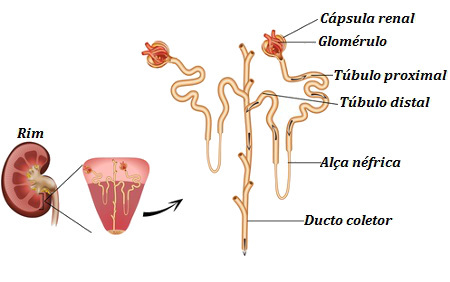Have you heard about the shrews? These animals are small mammals who, in general, have a high metabolism rate and that's why they need to eat all the time. Some species can die if they go more than six hours without eating.
Unfortunately, in our country, there is no such kind of graceful animal, however, in other parts of the world, about 423 species. Among them, the pygmy shrew (Suncus Etruscus), the smallest mammal in the world, which has a length of approximately 52 mm.
the shrews usually live alone and have a long snout as a hallmark. The vast majority have night habits and lives on the surface of the ground. Some species, however, are able to make galleries; others live in trees and even in wetlands. They feed mainly on small insects and are included in the Insectivore order.
To reproduce, the male makes sounds that attract the female and there are some species that release an odor during this period. After mating, it is common for shrews to fight, which can lead to death for one of them. At birth, approximately two weeks after mating, shrews are blind and quite small, some species the size of a bee.

Note how some species of shrew are small.
To defend themselves, these animals release a substance with unpleasant odor which ends up discouraging predators. Also, some shrews have poison in their saliva that is capable of killing and immobilizing prey. Poison, which is not normally used for defense, but for taking prey, cannot kill a person.
These beautiful animals do not have any economic interest for man, but like all living beings, they are important for the food chain. Thanks to their type of food, they are important in insect control. In addition, shrews are known in China as a money-attracting species and, for the Egyptians, had religious importance.
Curiosity:The arboreal shrew (Ptylocercus lowii) feeds on a nectar produced by a palm tree that has a high alcohol content. In three nights, he consumes the equivalent of two and a half liters of beer. Despite drinking so much, do you believe he doesn't show signs of drunkenness?
By Ma. Vanessa dos Santos



